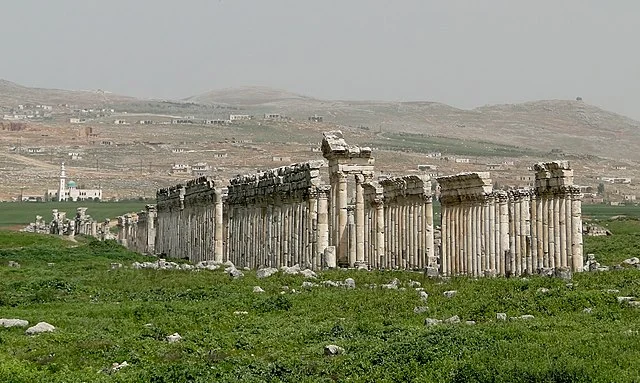Apamea, an ancient city located in modern-day Syria, played a crucial role in the Hellenistic and Roman eras. Founded by Seleucus I Nicator around 300 BC, it became one of the major cities of the Seleucid Empire. Apamea’s strategic location on the Orontes River facilitated its rise as a hub of trade and culture.
Get your dose of History via Email
Historical Background
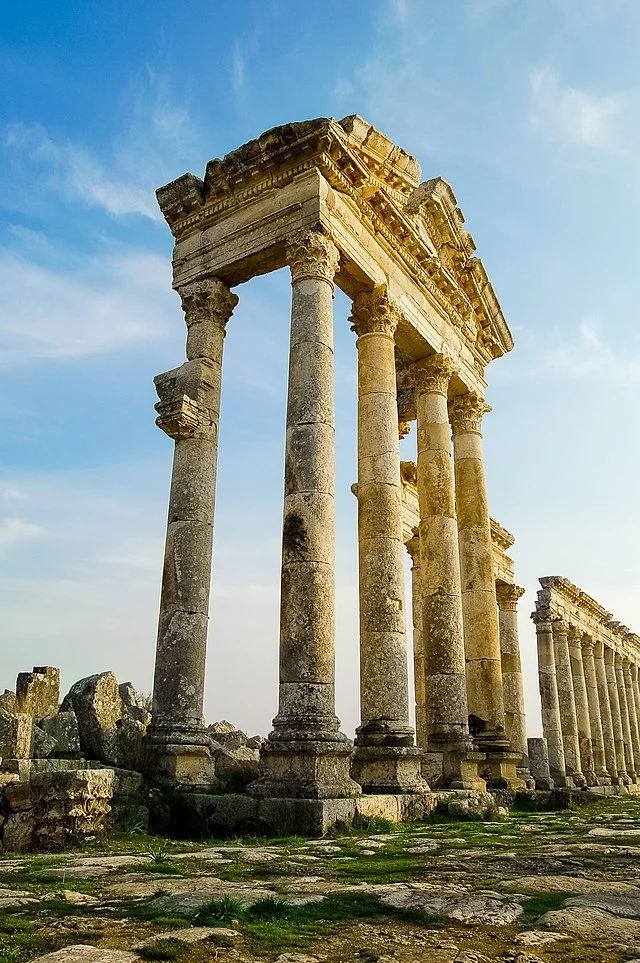
Apamea was initially known as Pharnake and had deep roots even before its Hellenistic foundation. After Seleucus I Nicator, one of Alexander the Great’s generals, took control, he renamed the city after his Persian wife, Apama. Under the Seleucid dynasty, Apamea flourished as a center of administration, military, and trade.
The city housed a large population and a significant military garrison, including war elephants, which were used in campaigns against Ptolemaic Egypt. Over time, Apamea became one of the most important cities in the region, rivaling even Antioch in prominence.
Roman Era and Development
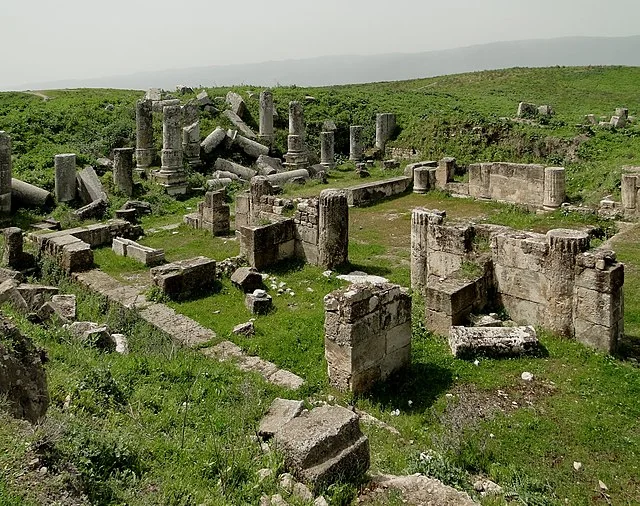
Apamea’s prosperity continued under Roman rule after the region came under Roman control in 64 BC, following Pompey’s defeat of the Seleucid Empire. The city thrived as part of the Roman province of Syria and was known for its well-planned urban layout, public buildings, and economic significance.
Its famous colonnaded street, stretching over 2 kilometers, exemplifies Roman urban design. The street was flanked by monumental structures, including temples, baths, and civic buildings. Apamea became a focal point for trade, connecting the Mediterranean world to the East.
Religious and Cultural Significance
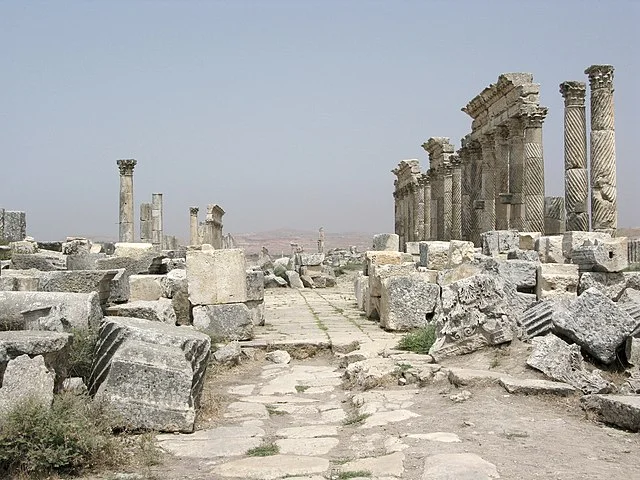
During the Roman period, Apamea also developed as a center of religious and cultural activities. Temples to Zeus, Aphrodite, and other deities adorned the city. By the 4th century AD, Christianity spread throughout Apamea, and it became an important center for early Christian thought. Apamea played a role in the development of Christian theology, and several church councils were held there during the Byzantine period.
Destruction and Later History
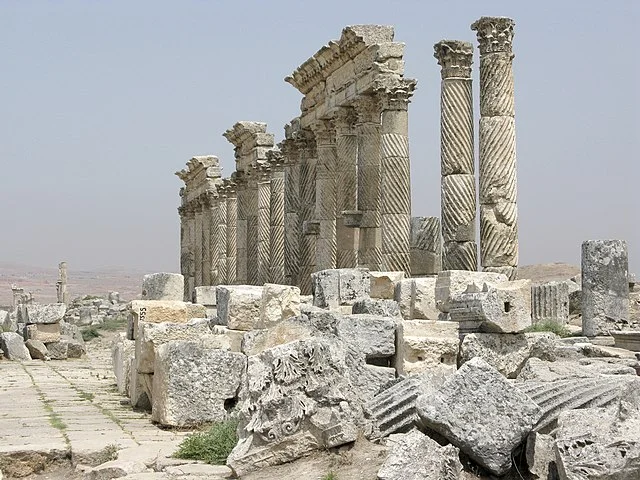
A series of earthquakes in the 6th century AD severely damaged Apamea, marking the beginning of its decline. Although it was rebuilt several times, the city never regained its former prominence. The Islamic conquest in the 7th century AD further diminished Apamea’s role as a regional power.
Archaeological Remains

Today, Apamea’s ruins provide valuable insights into its urban structure and history. The remains of the colonnaded street, Roman theaters, and other public buildings serve as a testament to the city’s former grandeur. Ongoing archaeological work continues to reveal more about Apamea’s significance in the ancient world.
Conclusion
Apamea, with its long history of Hellenistic, Roman, and early Christian influences, remains one of the most significant archaeological sites in Syria. Its strategic location, economic importance, and cultural legacy make it a key city in the study of the ancient Mediterranean world.
Source:

